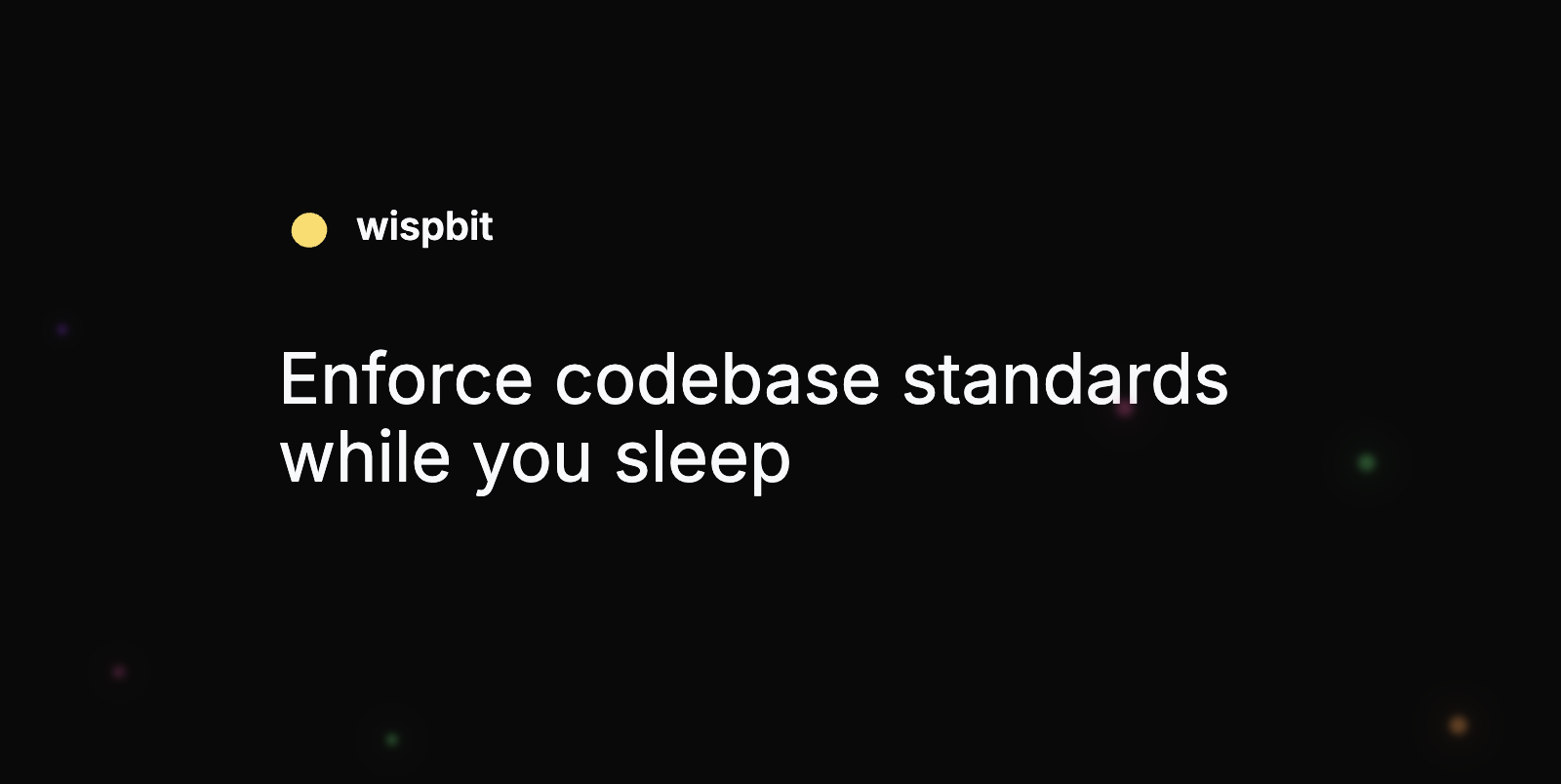DevOps Articles
Curated articles, resources, tips and trends from the DevOps World.
Stacks in Python — A Practical Guide to LIFO Data Structures
Summary: This is a summary of an article originally published by The New Stack. Read the full original article here →
Stacks are fundamental data structures that follow the Last In, First Out (LIFO) principle, making them ideal for various applications in programming and software development. In Python, stacks can be efficiently implemented using lists, with methods such as append() and pop() for adding and removing elements. This allows developers to manage resources, process requests, and handle dynamic data that requires quick access to the most recently added items.
In the realm of DevOps, stacks play a crucial role in managing workflows and automating processes. For instance, deployment pipelines often utilize stacks to maintain the state of tasks, ensuring that the most recent changes are prioritized and executed correctly. By leveraging stacks, DevOps practitioners can improve the reliability and efficiency of their continuous integration and continuous deployment (CI/CD) practices.
A practical understanding of stacks also aids in troubleshooting and debugging code. When errors occur, being able to trace back through the stack helps developers identify where the issue originated, thus speeding up the resolution process. Resources such as Python’s built-in libraries and external frameworks can further enhance stack management and utilization in larger systems.
As you dive deeper into stack implementations, consider applying them to real-world problems. Whether it's managing API requests or processing data in parallel, the stack’s simplicity and effectiveness make it a valuable tool in any developer's toolkit—especially in the fast-paced environment of DevOps.
Product
Useful Links
Made with pure grit © 2025 Jetpack Labs Inc. All rights reserved. www.jetpacklabs.com





